AED checklist
Each AED has electrodes and a longlife battery, both of which will require periodic replacement at the end of their lifecycle. To ensure that your AED is ready to go, each and every time, weekly checks should be performed on the following:
- Shelf life of electrodes (also referred to as pads)
The electrodes do not last as long as the AED. Typically their lifecycle is 2 years. The expiry date can be found on the packaging of the electrodes. Towards the end of their lifecycle pads become less conductive reducing their ability to provide a lifesaving shock . Good electrodes are of vital importance to the AED!
Also it is important that the packaging remains intact & sterile. An opened package can expedite the drying of the electrodes conductive gel, as well as becoming a breeding ground for dirt and bacteria.
- Sustainability of paediatric pads
Often paediatric electrodes have a shorter lifecycle than adult electrodes.
- Displays the status indicator 'ok'
All AEDs perform a self-test to monitor status. The AED’s indicator light will flash or you may see a green light or a green tick. This indicates that the self-test was successful.
- Rescue Kit
Is there a complete Rescue Kit with the AED? A Rescue Kit includes all the supplies that you will need during resuscitation. These items will include a pair of scissors, razor, disinfection equipment, breathing mask and gloves.
The serial number of the AED can be found on the back of the device, along the the make and model information.
- Data storage life of the electrodes and batteries
Please update these frequently on your checklist. The lifecycle of the electrodes is shown on the electrodes themselves.
The shelf life of the batteries is not usually on the battery. In most cases, this is a date of manufacture or use-by date. The lifecycle of the battery begins after first insertion of the battery.
The lifecycle of the battery will depend on the brand and type of AED. See images below : a check mark, this is the date that you can fill out on the card. At the cross you must calculate the expiration date itself.
The battery Cardiac Science is normally five years after initial insertion into the AED and comes with a 4 year unconditional warranty.


The yellow battery with model number DCF -210 has a lifecycle of approximately 7 years after initial insertion into the AED. Please note, there are also five year batteries in circulation . The yellow battery also has a lithium 9V block battery, used for self-tests. This 9V block battery has a lifecycle of approximately 1 year.


This AED is unique with it’s design of the electrode and battery as 1 unit. The lifecycle is around 3 1/2 - 4 years after initial insertion into the AED

GE Responder
The battery of the GE Responder is approximately 5 years after initial insertion into the AED . You have a four year unconditional warranty on the battery.


The batteries for the Lifepak 500 and Lifepak 1000 last around 5 years after initial insertion into the AED.




The battery for Philips types HS1 and FRx is normally 4 years from initial insertion into the AED.
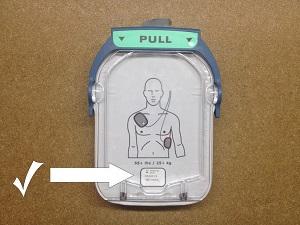
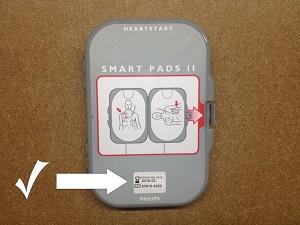
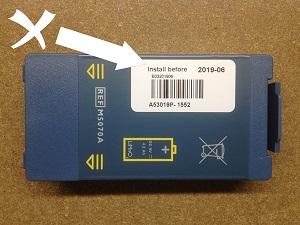
Batteries for the Zoll AED Plus last around 5 years from initial insertion into the AED.
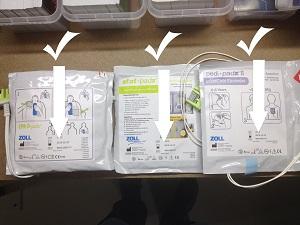
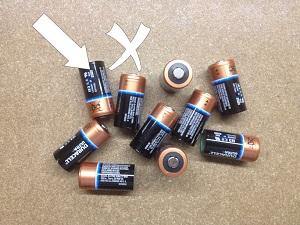
Do you have questions ? Are any of these items not in order? Through this website you can place orders or ask advice from our experts who are always happy to hear from you, telephone :01223 790124.